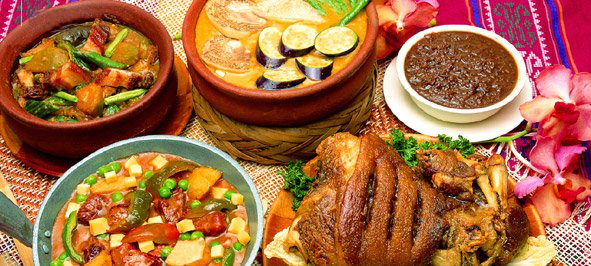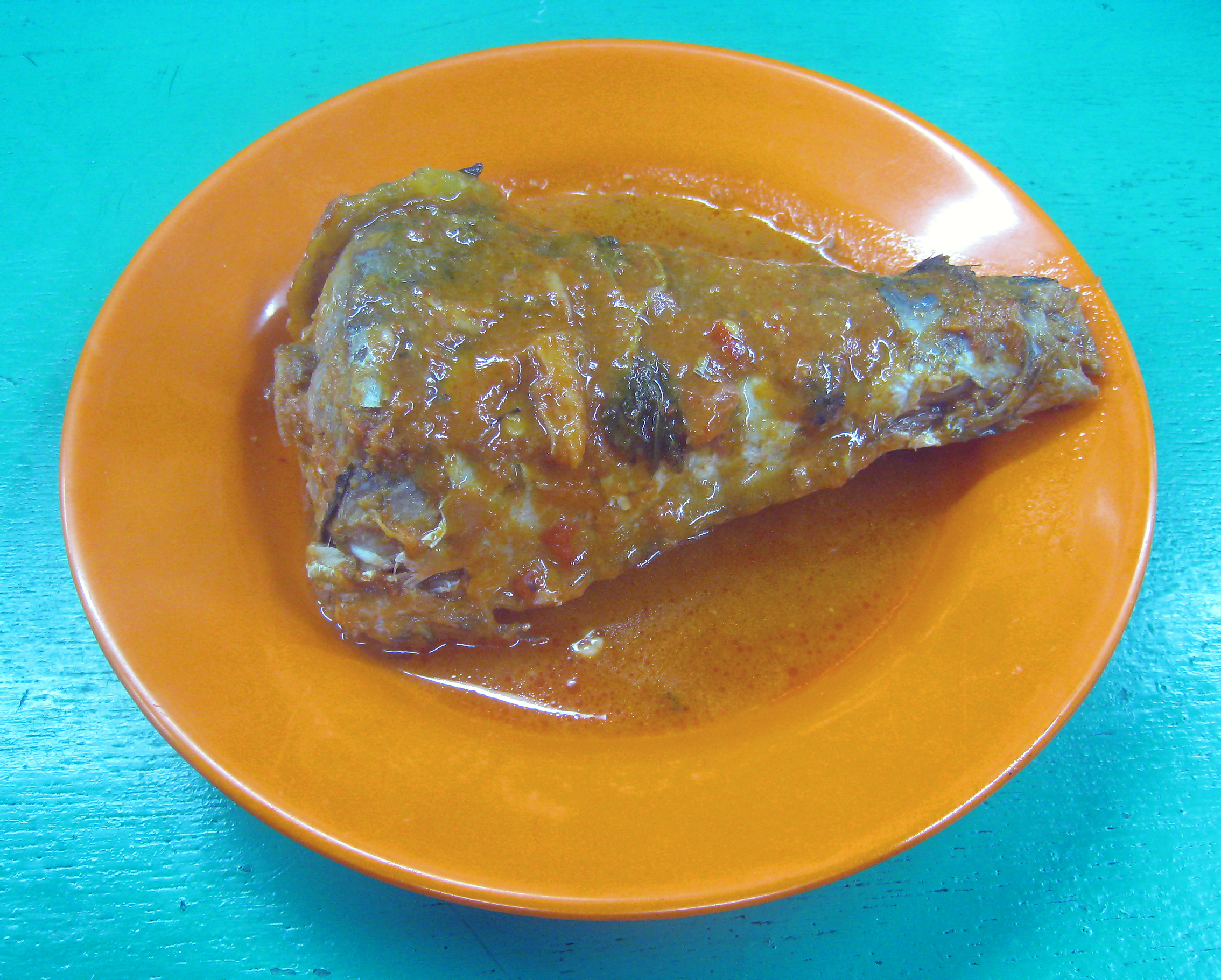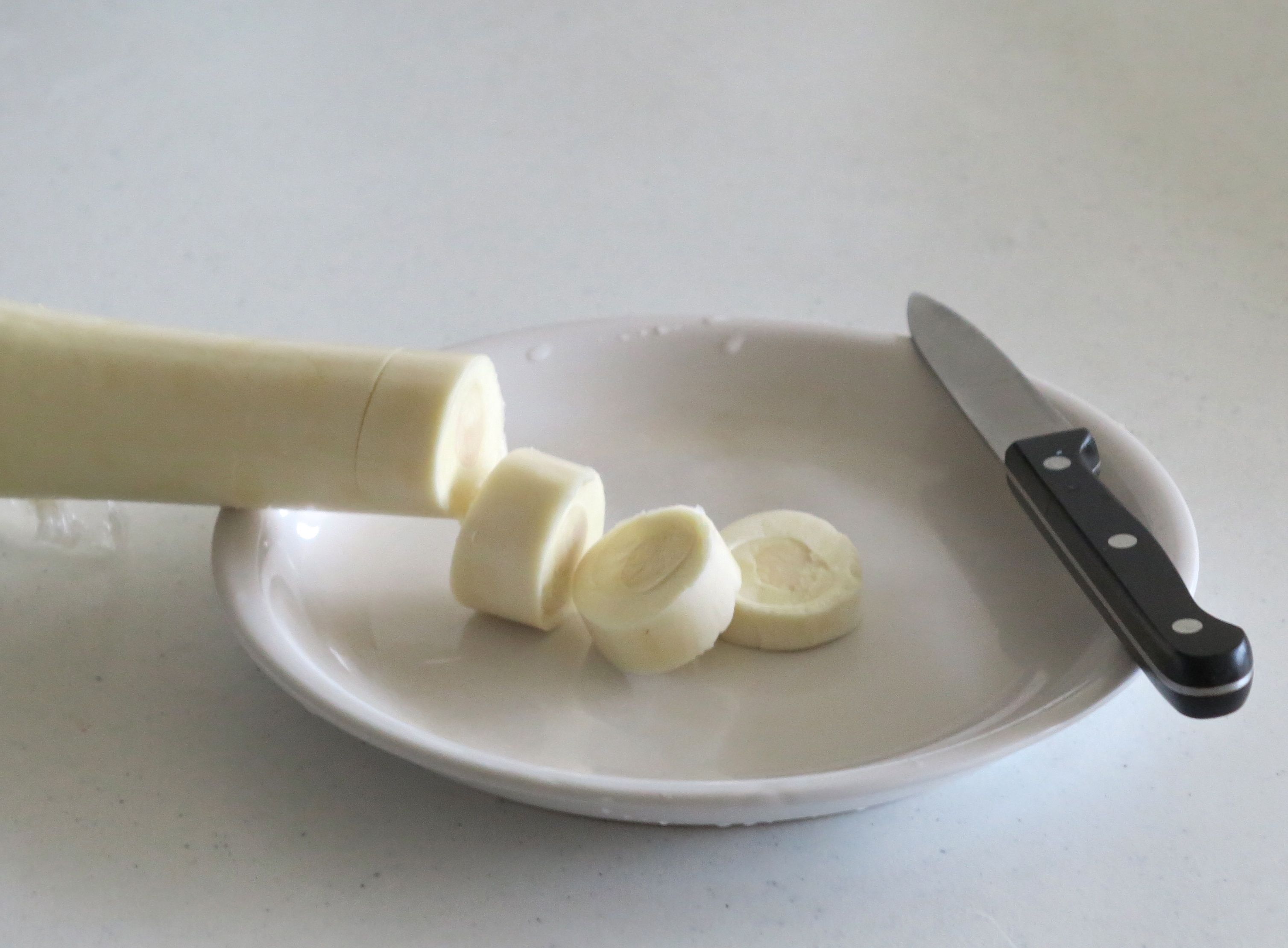|
Kadyos, Manok, Kag Ubad
''Kadyos, manok, kag ubad'', commonly shortened to KMU, is a Filipino chicken soup or stew originating from the Hiligaynon people of the Western Visayas islands. The name of the dish means "pigeon peas, chicken, and banana pith"; the three main ingredients. It is similar to another Hiligayon dish, ''Kadyos, baboy, kag langka'' ("KBL"), except that it does not use a souring agent, and it uses chicken and banana pith (''ubad'', not to be confused with ''ubod'' which is heart of palm) instead. Like KBL, KMU is also characteristically purple in color due to the use of pigeon peas. Other ingredients include onions, lemongrass, thinly-sliced ginger, ''siling haba'' pepper, and salt and pepper. See also * Cansi * Filipino cuisine * List of soups * List of stews This is a list of notable stews. A stew is a combination of solid food ingredients that have been cooked in liquid and served in the resultant gravy. Ingredients in a stew can include any combination of vegetables, such as ... [...More Info...] [...Related Items...] OR: [Wikipedia] [Google] [Baidu] |
Philippines
The Philippines, officially the Republic of the Philippines, is an Archipelagic state, archipelagic country in Southeast Asia. Located in the western Pacific Ocean, it consists of List of islands of the Philippines, 7,641 islands, with a total area of roughly 300,000 square kilometers, which are broadly categorized in Island groups of the Philippines, three main geographical divisions from north to south: Luzon, Visayas, and Mindanao. With a population of over 110 million, it is the world's List of countries and dependencies by population, twelfth-most-populous country. The Philippines is bounded by the South China Sea to the west, the Philippine Sea to the east, and the Celebes Sea to the south. It shares maritime borders with Taiwan to the north, Japan to the northeast, Palau to the east and southeast, Indonesia to the south, Malaysia to the southwest, Vietnam to the west, and China to the northwest. It has Ethnic groups in the Philippines, diverse ethnicities and Culture o ... [...More Info...] [...Related Items...] OR: [Wikipedia] [Google] [Baidu] |
Cuisine Of The Philippines
Filipino cuisine is composed of the cuisines of more than a hundred distinct ethnolinguistic groups found throughout the Philippine archipelago. A majority of mainstream Filipino dishes that comprise Filipino cuisine are from the food traditions of various ethnolinguistic groups and tribes of the archipelago, including the Ilocano, Pangasinan, Kapampangan, Tagalog, Bicolano, Visayan, Chavacano, and Maranao ethnolinguistic groups. The dishes associated with these groups evolved over the centuries from a largely indigenous (largely Austronesian) base shared with maritime Southeast Asia with varied influences from Chinese, Spanish, and American cuisines, in line with the major waves of influence that had enriched the cultures of the archipelago, and adapted using indigenous ingredients to meet local preferences. "Philippine Cuisine." ... [...More Info...] [...Related Items...] OR: [Wikipedia] [Google] [Baidu] |
Philippine Stews
The Philippines, officially the Republic of the Philippines, is an archipelagic country in Southeast Asia. Located in the western Pacific Ocean, it consists of 7,641 islands, with a total area of roughly 300,000 square kilometers, which are broadly categorized in three main geographical divisions from north to south: Luzon, Visayas, and Mindanao. With a population of over 110 million, it is the world's twelfth-most-populous country. The Philippines is bounded by the South China Sea to the west, the Philippine Sea to the east, and the Celebes Sea to the south. It shares maritime borders with Taiwan to the north, Japan to the northeast, Palau to the east and southeast, Indonesia to the south, Malaysia to the southwest, Vietnam to the west, and China to the northwest. It has diverse ethnicities and a rich culture. Manila is the country's capital, and its most populated city is Quezon City. Both are within Metro Manila. Negritos, the archipelago's earliest inhabitants, w ... [...More Info...] [...Related Items...] OR: [Wikipedia] [Google] [Baidu] |
List Of Stews
This is a list of notable stews. A stew is a combination of solid food ingredients that have been cooked in liquid and served in the resultant gravy. Ingredients in a stew can include any combination of vegetables, such as carrots, potatoes, beans, onions, peppers, tomatoes, etc., and frequently with meat, especially tougher meats suitable for moist, slow cooking, such as beef chuck or round. Poultry, pork, lamb or mutton, sausages, and seafood Seafood is any form of Marine life, sea life regarded as food by humans, prominently including Fish as food, fish and shellfish. Shellfish include various species of Mollusca, molluscs (e.g., bivalve molluscs such as clams, oysters, and mussel ... are also used. Stews See also * Fish stew – includes a list of many fish stews * List of Azerbaijani soups and stews * List of fish and seafood soups * List of Japanese soups and stews * List of soups * List of Spanish soups and stews References {{Soups ... [...More Info...] [...Related Items...] OR: [Wikipedia] [Google] [Baidu] |
List Of Soups
This is a list of notable soups. Soups have been made since ancient times. Some soups are served with large chunks of meat or vegetables left in the liquid, while others are served as a broth. A broth is a flavored liquid usually derived from boiling a type of meat with bone, a spice mix, or a vegetable mix for a period of time in a stock. A potage is a category of thick soups, stews, or porridges, in some of which meat and vegetables are boiled together with water until they form a thick mush. Bisques are heavy cream soups traditionally prepared with shellfish, but can be made with any type of seafood or other base ingredients. Cream soups are dairy based soups. Although they may be consumed on their own, or with a meal, the canned, condensed form of cream soup is sometimes used as a quick sauce in a variety of meat and pasta convenience food dishes, such as casseroles. Similar to bisques, chowders are thick soups usually containing some type of starch. Coulis were ... [...More Info...] [...Related Items...] OR: [Wikipedia] [Google] [Baidu] |
Filipino Cuisine
Filipino cuisine is composed of the cuisines of more than a hundred distinct Ethnic groups in the Philippines, ethnolinguistic groups found throughout the Philippines, Philippine archipelago. A majority of mainstream Filipino dishes that comprise Filipino cuisine are from the food traditions of various ethnolinguistic groups and tribes of the archipelago, including the Ilocano people, Ilocano, Pangasinan people, Pangasinan, Kapampangan people, Kapampangan, Tagalog people, Tagalog, Bicolano people, Bicolano, Visayan, Chavacano, and Maranao people, Maranao ethnolinguistic groups. The dishes associated with these groups evolved over the centuries from a largely indigenous (largely Austronesian peoples, Austronesian) base shared with maritime Southeast Asia with varied influences from Chinese cuisine, Chinese, Spanish cuisine, Spanish, and American cuisine, American cuisines, in line with the major waves of influence that had enriched the cultures of the archipelago, and adapted us ... [...More Info...] [...Related Items...] OR: [Wikipedia] [Google] [Baidu] |
Siling Haba
''Siling haba'' ("long chili"), ''espada'' ("sword" in Spanish), ''siling mahaba'', ''siling pangsigang'' ("chili for ''sinigang''"), ''siling Tagalog'' ("Tagalog chili"), and sometimes called green chili, finger chili or long pepper, is one of two kinds of chili common to the Philippines and Filipino cuisine, the other being '' siling labuyo''. Unlike ''siling labuyo'', it belongs to the species ''Capsicum annuum''. The ''siling haba'' fruit grows to between long, and is bright light green in color. While of moderate spiciness, it is much milder and less hot than ''siling labuyo''. It is an ingredient commonly used in Philippine cuisine, spicing up dishes like sinigang, dinuguan, pinangat, kilawin, paksiw, and sisig. See also *Bird's eye chili Bird's eye chili or Thai chili ( owing to its shape) is a chili pepper variety (botany), variety from the species ''Capsicum annuum'' that is native to Mexico. Cultivated across Southeast Asia, it is used extensively in many Asian ... [...More Info...] [...Related Items...] OR: [Wikipedia] [Google] [Baidu] |
Heart Of Palm
Heart of palm is a vegetable harvested from the inner core and growing bud of certain Palm tree, palm trees, most notably the coconut (''Cocos nucifera''), juçara (''Euterpe edulis''), açaí palm (''Euterpe oleracea''), sabal, palmetto (''Sabal'' spp.), and Bactris gasipaes, peach palm. Heart of palm may be eaten on its own, and often it is eaten in a salad. There are palm varieties that have become domesticated farm species as an alternative to sourcing from wild palms. The main variety that has been domesticated is ''Bactris gasipaes'', known in English as peach palm. This variety is the most widely used for canning. Peach palms are self-Sucker (botany), suckering and produce multiple Plant stem, stems, with up to 40 on one plant. This lets producers lower costs by harvesting several stems from a plant while avoiding the death of the palm. Another advantage is that the peach palm has been selectively bred to eliminate the thorns of its wild cousins. Since harvesting is still ... [...More Info...] [...Related Items...] OR: [Wikipedia] [Google] [Baidu] |
Hiligaynon People
The Hiligaynon people (), often referred to as Ilonggo people () or Panayan people (), are the second largest subgroup of the larger Bisaya people, Visayan Ethnic groups in the Philippines, ethnic group, whose primary language is Hiligaynon language, Hiligaynon, an Austronesian language of the Visayan languages, Visayan branch native to Panay, Guimaras, and Negros island, Negros. They originated in the province of Iloilo, on the island of Panay, in the region of Western Visayas. Over the years, inter-migrations and intra-migrations have contributed to the diaspora of the Hiligaynon to different parts of the Philippines. Today, the Hiligaynon, apart from the province of Iloilo, also form the majority in the provinces of Guimaras, Negros Occidental, Capiz, South Cotabato, Sultan Kudarat, and Cotabato Province. Hiligaynon is also spoken in some parts of Sarangani Province particularly in the Municipality of Malungon. Etymology of ''Hiligaynon'', ''Ilonggo'', and ''Panayan'' The ... [...More Info...] [...Related Items...] OR: [Wikipedia] [Google] [Baidu] |
Soup
Soup is a primarily liquid food, generally served warm or hot – though it is sometimes served chilled – made by cooking or otherwise combining meat or vegetables with Stock (food), stock, milk, or water. According to ''The Oxford Companion to Food'' (OCF), "soup" is "the most general of the terms which apply to liquid savoury dishes";Davidson, p. 735 others include broth, bisque (food), bisque, consommé, potage and many more. Although most soups are savoury, sweet soups are familiar in some parts of Europe. Soups have been made since prehistoric times, and have evolved over the centuries. Originally "sops" referred to pieces of bread covered with savoury liquid; gradually the term "soup" was transferred to the liquid itself. Soups are common to the cuisines of eastern and western countries and have been served at the grandest of banquets as well as in the humblest peasant homes. Name The term soup, or words like it, can be found in many languages. Similar terms in othe ... [...More Info...] [...Related Items...] OR: [Wikipedia] [Google] [Baidu] |
Paksiw
''Paksiw'' () is a Filipino style of cooking, whose name means "to cook and simmer in vinegar". Common dishes bearing the term, however, can vary substantially depending on what is being cooked. '' Pinangat na isda'' may sometimes also be referred to as ''paksiw'', though it is a different but related dish that uses sour fruits like calamansi, ''kamias'' (bilimbi) or ''sampalok'' (tamarind) to sour the broth rather than vinegar. Types ''Paksiw'' refers to a wide range of very different dishes that are cooked in a vinegar broth. They include the following: Ginataang paksiw na isda A common variant of ''ginataang isda'' (fish in coconut milk) that adds vinegar to sour the broth. This variant combines the '' ginataan'' and ''paksiw'' methods of cooking in Filipino cuisine. Inun-unan ''Inun-unan'' or ''inun-onan'' is a notable Visayan version of the fish ''paksiw'' dish spiced primarily with ginger, as well as onions, shallots, pepper, salt, and sometimes siling haba c ... [...More Info...] [...Related Items...] OR: [Wikipedia] [Google] [Baidu] |





